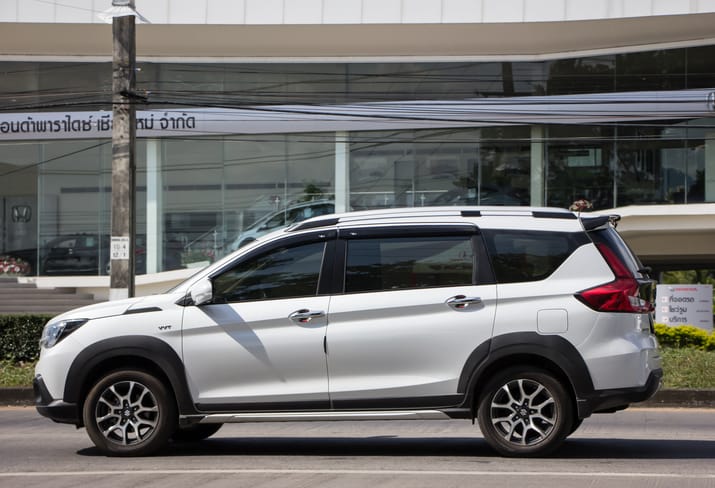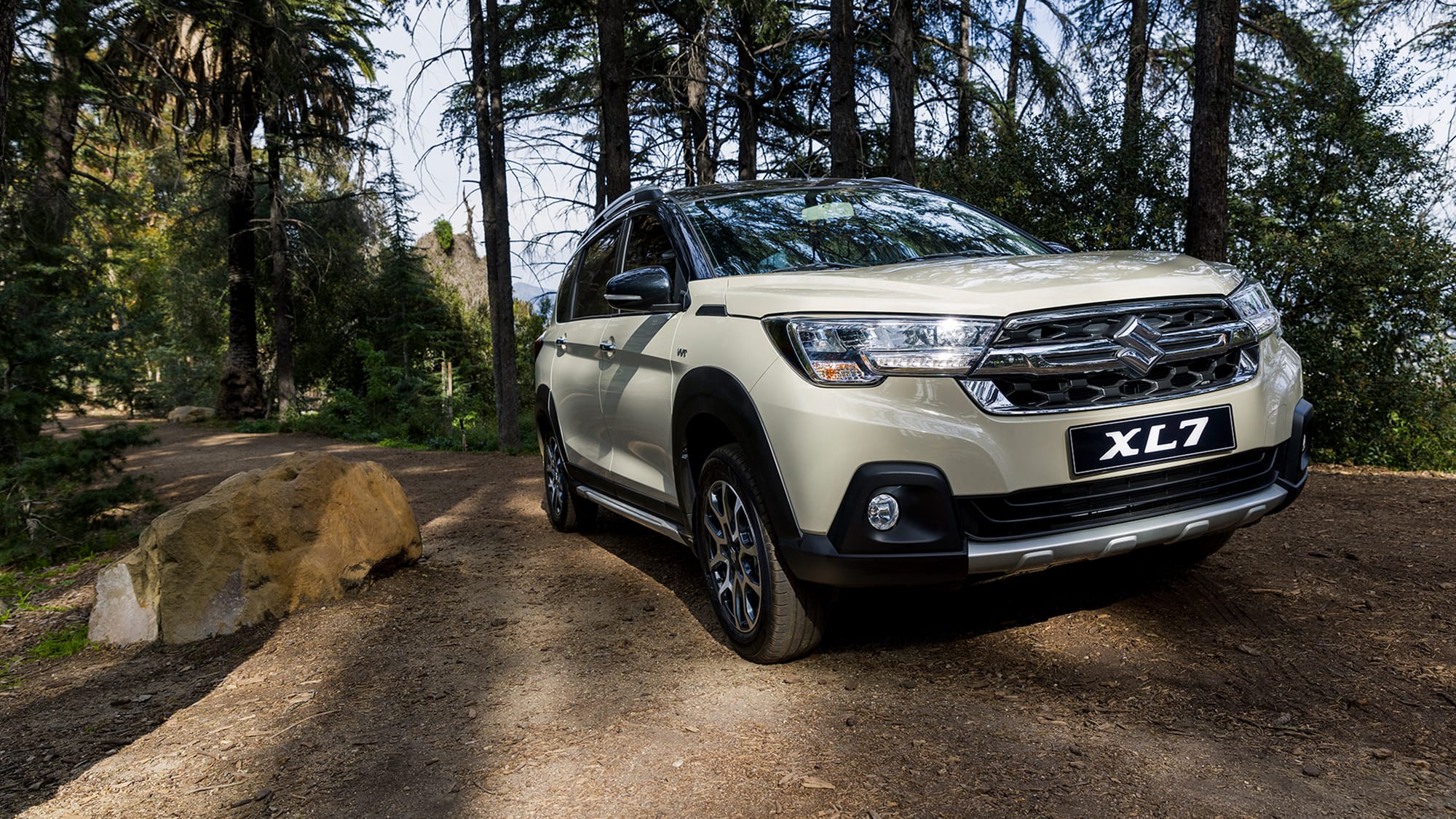The Suzuki XL-7: A History of Versatility and Family Focus

The Suzuki XL-7 has a rich history within the automotive landscape, spanning over a decade and two distinct generations. Initially introduced in 1998, it carved a niche for itself as a mid-size SUV offering comfortable seating for seven and capable off-road prowess. This article explores the journey of the XL-7, delving into its key features, performance aspects, and legacy.
First Generation (1998-2006): A Capable Off-Roader
The first iteration of the XL-7 was a true-blue SUV, built on a body-on-frame platform. This construction offered superior strength and durability, making it well-suited for tackling challenging terrains. Borrowing design cues from its smaller sibling, the Grand Vitara, the XL-7 boasted a boxy silhouette and a commanding presence.
Under the hood, the North American market received two engine options: a 2.5-liter V6 and a later-introduced 2.7-liter V6. Both engines delivered ample power for everyday driving and were paired with either a five-speed manual or a four-speed automatic transmission. The XL-7 came standard with rear-wheel drive (RWD), with an optional four-wheel drive (4WD) system for enhanced off-road capability. The 4WD system featured a two-speed transfer case, allowing drivers to switch between RWD, 4WD High, and 4WD Low depending on the driving conditions.
The interior of the first-generation XL-7 prioritized functionality over luxury. The cabin offered sufficient space for seven passengers, with the third-row seats folding flat when not in use to maximize cargo capacity. While basic amenities were present, features like power windows, locks, and mirrors were optional extras on lower trim levels.
Throughout its first generation, the XL-7 received minor updates and enhancements. In 2001, Suzuki introduced a sportier variant known as the XL-7 Limited, which offered unique exterior styling and upgraded interior features. Safety features also saw gradual improvements, with the inclusion of anti-lock braking system (ABS) and side airbags in later model years.
Second Generation (2007-2009): A Shift Towards Refinement
The second generation of the XL-7 marked a significant departure from its predecessor. Suzuki transitioned to a unibody platform, offering a smoother ride and improved handling on paved roads. The boxy design was replaced with a more rounded and contemporary aesthetic, aligning with the evolving SUV market trends.
The powertrain options were revised, with the 2.7-liter V6 becoming the sole engine offering. It was now mated to a six-speed automatic transmission, contributing to improved fuel efficiency and a more refined driving experience. While 4WD remained available, the emphasis shifted towards on-road comfort rather than off-road capability.
The interior saw a significant upgrade in terms of both design and materials. The cabin adopted a more car-like feel, featuring a redesigned dashboard, improved seat comfort, and a wider range of standard features, including power windows, locks, and a sunroof. Safety features also received an upgrade, with the inclusion of electronic stability control (ESC) and additional airbags becoming standard across all trim levels.
A Legacy of Versatility and Value
Despite its relatively short lifespan, the Suzuki XL-7 carved a niche for itself in the ever-competitive SUV market. It offered a compelling combination of practicality, affordability, and off-road capability in its first generation, transitioning towards a more refined and family-oriented approach in its second iteration.
The Future of the XL-7
The production of the XL-7 ceased in 2009. However, in 2023, Suzuki reintroduced the nameplate in select markets, but this time as a rebadged version of the Suzuki Ertiga, a seven-seater crossover MPV. This iteration focuses on fuel efficiency, practicality, and affordability, catering to a different segment compared to the original XL-7.

Whether the original XL-7 makes a comeback in its traditional form remains to be seen. However, its legacy lives on as a testament to Suzuki's ability to deliver versatile and family-oriented vehicles at an attractive price point.
